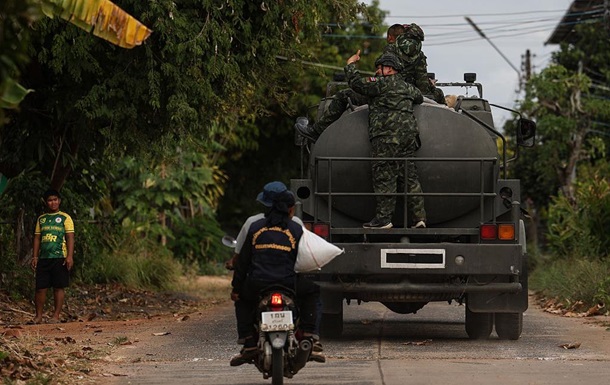Установка насоса — процесс не самый простой, поэтому большинство предпочитают доверить это дело специалистам. Однако, при наличии грамотной инструкции, насосная станция может быть установлена и самостоятельно.
В первую очередь разберем главные составные части насосной станции:
— собственно насос;
— бак или гидроаккумулятор (то есть накопительные емкости);
— пульт управления, выключатели (система управления станции);
— некоторые дополнительные устройства которые предлагает лучший магазин инструментов, и которые делают эксплуатацию насосной станции проще (это, например, фильтр, обратный клапан, манометр и так далее).
Теперь рассмотрим вопрос выбора места для установки станции. Обычно, эта необходимость возникает непосредственно после завершения процесса бурения скважины и приобретения необходимого оборудования. Ниже перечислены важные критерии, которые нужно учитывать при выборе места установки насосной станции:
1) Расстояние от станции до скважины (колодца). Оно должно быть минимальным, но, при этом, станция должна быть удалена на самое большое расстояние от самого высокого уровня грунтовых вод
2) Оборудование не стоит устанавливать на открытом месте или в каком-то помещении, предназначенном для других целей. Самый оптимальный вариант — построить отдельное специальное помещение, в котором будет примерно одинаковая температура круглый год. Более того, оно должно быть доступно в любую погоду, на случай если понадобится ремонт станции.
3) В связи с тем, что станция работает от электричества, выбранное место должно проветриваться и быть хорошо защищенным от влаги.
4) Насосная станция должна быть прочно закреплена на поверхности.
Итак, исходя из вышеперечисленных критериев, можно перечислить возможные места, подходящие для установки станции. Это изолированное помещение внутри дома или подвал (установка не в отдельной комнате ведет к риску случайной поломки). Также это может быть специально подготовленная поверхность в колодце (нужно учесть, что в этом случае придется подумать об использовании утеплителей и правильном расчете расстояния до воды), отдельная будка из дерева или камня (также нужно будет подумать о создании специальных условий, в том числе утепления), кессон (площадка на выходе из скважины).
После того, как вы определились с местом, возникает проблема подключения насоса к скважине. Первым делом необходимо проложить трубопровод от станции к скважине. Это необходимо сделать так, чтобы труба оказалась ниже уровня замерзания грунта, но выше уровня грунтовых вод. Более того, необходимо подумать о способе теплоизоляции трубы. Что касается выбора материала, то специалисты предпочитают трубы из пластика или полиэтилена металлическим.
Затем необходимо подключить фильтр грубой очистки и зафиксировать обратный клапан при помощи муфты. Перед тем как закрутить клапан, резьбу необходимо наполнить каким-либо уплотняющим веществом. Выбор между эжектором, двухтрубной станцией или же однотрубной зависит от уровня грунтовых вод. Эжектор потребуется только если он выше 10 м.
Трубы к эжектору присоединяются муфтами и герметизируются монтажной пеной. После того, как эжектор будет опущен на необходимую глубину, нужно удостовериться в том, что верхушка обсадной трубы совпадает с соответствующей отметкой на трубе. Затем необходимо закрепить оголовок колена.
Наконец, финальный этап — подключение собственно насосной станции. Прямой кран необходимо соединить с самой станцией, а пластиковую трубу, при помощи цангового соединения, прикрепить к муфте.
Перед запуском станции обязательно нужно проверить на прочность все соединения, а также давление в аккумуляторе. Для того, чтобы протестировать станцию перед запуском, можно налить немного жидкости в отверстие сверху насоса.


 4083
4083












